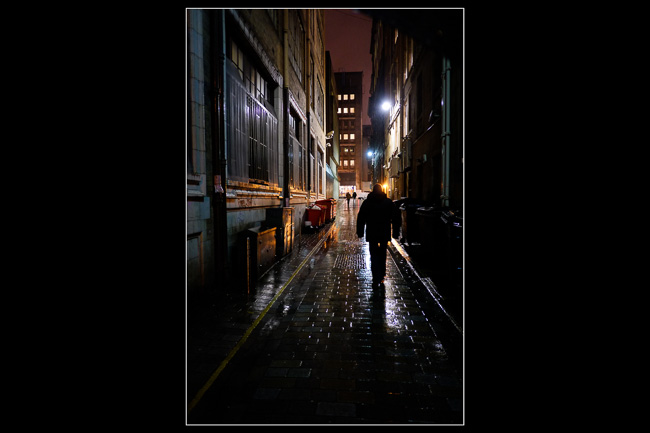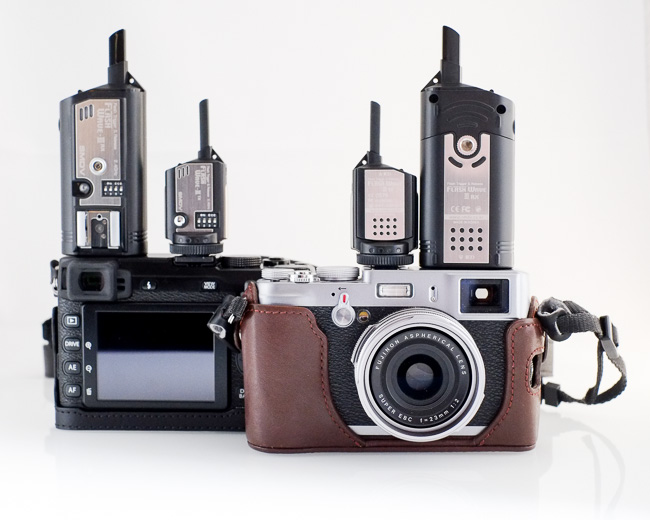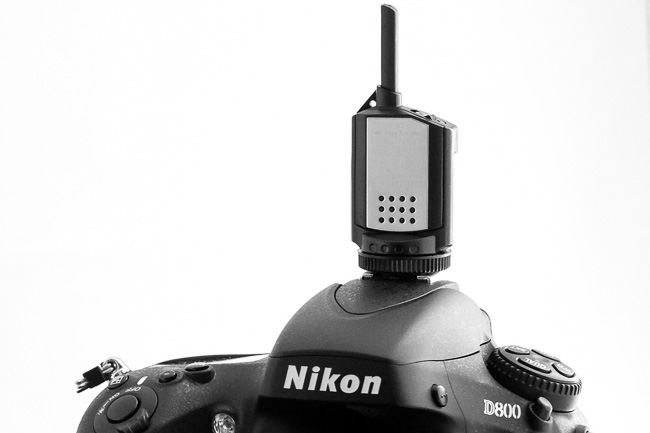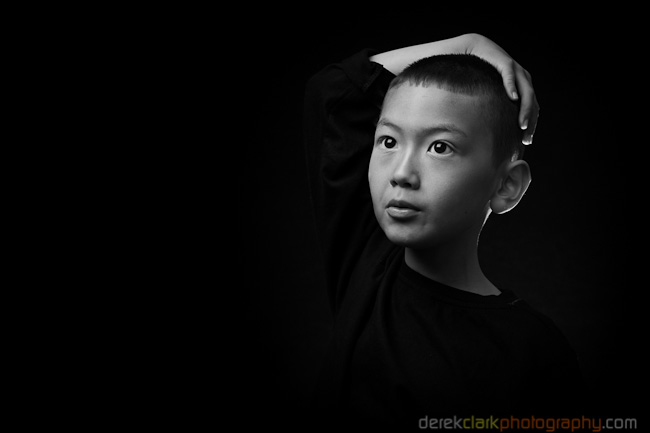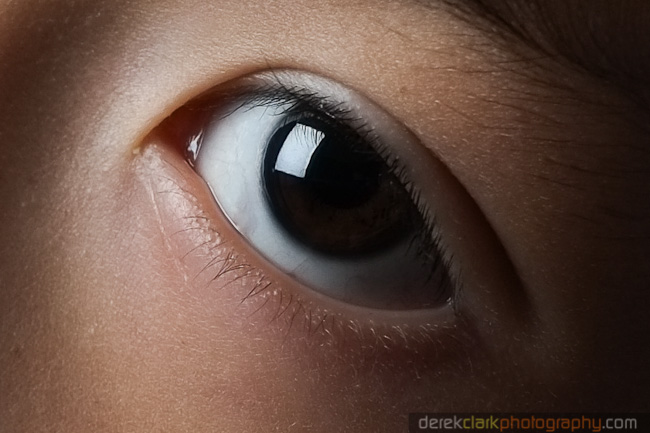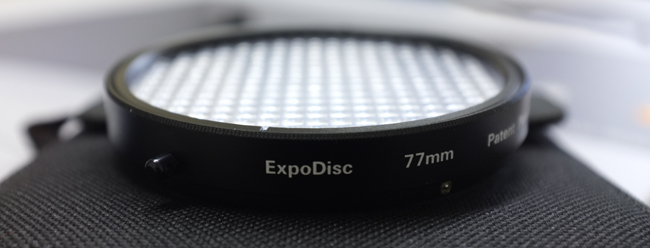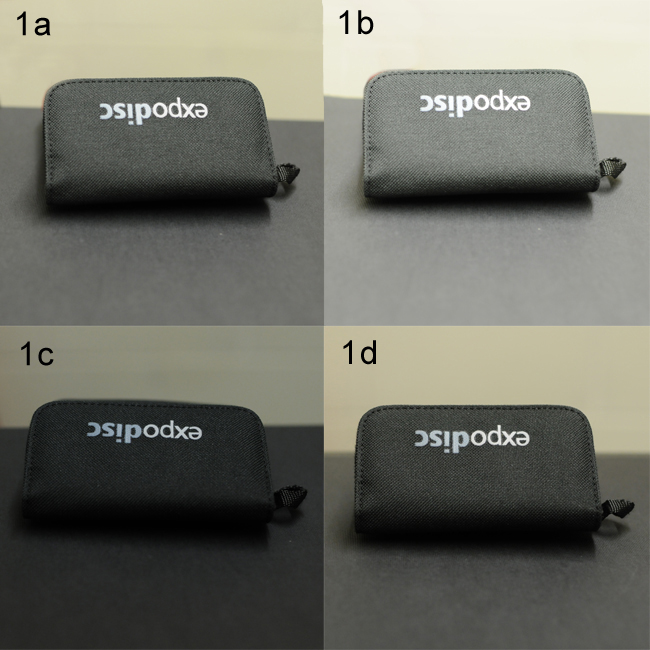In this third and final part of The Fuji X Series With Flash (Part 1 is HERE and Part 2 is HERE) I'll be looking at using multiple flash guns and radio triggers with the X Series cameras. You can use any make of flash for this as the radio triggers are only telling the flash to fire. There's no information about exposure or anything else, it simple triggers the flash.
There are many different radio triggers available, but by far the most popular are the Pocket Wizards. I came from a Nikon flash setup and worked with the SU800 Commander unit, and because of this I never owned any radio triggers. But after buying into the Fuji X System I realized that my trusty SU800 would not be usable. The Pocket Wizard Plus III's had just came out, but were expensive for a multiple flash setup. Pocket Wizard's also don't have hotshoes for mounting the guns directly on to them. Instead the work with cables. My older SB800's have sync ports, but my newer SB700's don't (I replaced my SB900's with SB700's due to the overheating problem and so glad I did). In the end I decided to go for the Flashwave III system because they were reasonably priced, had both sync and Pocket Wizard size ports and most importantly the receivers have hotshoes. They come with a great verity of cables and adaptors that so far have coped with everything. The receivers have a tripod mount on the bottom, but also come with adaptors to change them into hotshoe mountable. So the flash mounts on top of the receiver and the receiver to the shoe on the light stand.
The transmitter's are tiny and even look small on the X-M1. They include a test fire button and have a choice of 16 channels via small dip switches on both transmitters and receivers. An X-E1 or X-E2 can also be fired remotely by attaching a Flashwave III receiver to the microphone input on the side of the camera and triggering it using the test button on the transmitter. I've used this setup when doing long exposures instead of a cable release.
Lighting doesn't come any more basic than a radio trigger setup. Lights are all set to manual and you adjust power settings on each one individually. I use anything from one light to six lights, but I only have four receivers. If I need more than four lights I set the extra guns to slave mode. The radio triggers fire one set and the extra guns are triggered by the flashes.
I wanted to shoot some fresh portraits for this post and I've been meaning to do some up to date shots of my kids. So excuse the self indulgence, but if you're from a modeling agency...they are available:o). I shot these using Nikon Flashguns and Flashwave III radio Triggers. As you can see from the photo above, I used a Lastolite Hilite background. The Hilite works well with two flash guns inside, tilting upward and back to blow the background to pure white. I also use the Lastolite Superwhite Vinyl Train and a piece of thick toughened glass for a reflection. For this shoot I used a Lastolite Hotrod Strip Softbox which is a fantastic modifier for the money. Some of these shots were with one light, some are with three. I used the X-Pro1 and the X-E1 with the 35mm f1.4 and the 60mm f2.4.
Thank you for reading this series and I really hope you found it useful. Flash with the X cameras seems to be a mystery to a lot of people that are moving over from DSLR's, so I thought this series of posts would help to clear up a few of the common questions. Click on the links below if you haven't read part 1 or part 2.
The Fuji X Series With Flash :: Part 1 :: The Fujifilm EF-42 TTL FlashgunThe Fuji X Series With Flash :: Part 2 :: Off Camera TTL





























